Watch: Footage of A23a mega iceberg

The British Antarctic Survey has released video and images captured by a UK research icebreaker of the mega iceberg A23a – which is twice the size of Greater London, and now ‘on the move’.
Scientists aboard the RRS Sir David Attenborough collected samples of seawater around the A23a mega iceberg, the largest iceberg in the world. New video footage shows the enormous iceberg some 3,900km2, and 400m tall, stretching out into the distance beyond the research vessel.
“It is incredibly lucky that the iceberg’s route out of the Weddell Sea sat directly across our planned path, and that we had the right team aboard to take advantage of this opportunity,” says Dr Andrew Meijers, chief scientist aboard and Polar Oceans science leader at British Antarctic Survey. “We’re fortunate that navigating A23a hasn’t had an impact on the tight timings for our science mission, and it is amazing to see this huge berg in person – it stretches as far as the eye can see.”
A23a hit the headlines worldwide last week after it moved out of the Weddell Sea sector into the Southern Ocean. It calved from the Filchner Ice Shelf in 1986, before being grounded on the seabed nearby. A23a is now likely to be swept along by the Antarctic Circumpolar Current into ‘iceberg alley’, putting it on a common iceberg trajectory towards the sub-Antarctic island of South Georgia.
The RRS Sir David Attenborough passed the iceberg as part of its planned route towards the Weddell Sea, where the team will start an intensive 10-day cruise investigating how Antarctic ecosystems and sea ice drive global ocean cycles of carbon and nutrients. The results will help understand how climate change is affecting the Southern Ocean and the organisms that live there, from microscopic marine plants and tiny copepods to penguins and whales, and their roles in regulating our climate and keeping the oceans healthy and productive.
“We know that these giant icebergs can provide nutrients to the waters they pass through, creating thriving ecosystems in otherwise less productive areas,” says Laura Taylor, a biogeochemist. “What we don’t know is what difference particular icebergs, their scale, and their origins can make to that process.
“We took samples of ocean surface waters behind, immediately adjacent to, and ahead of the iceberg’s route. They should help us determine what life could form around A23a, and how this iceberg and others like it impact carbon in the ocean and its balance with the atmosphere.”
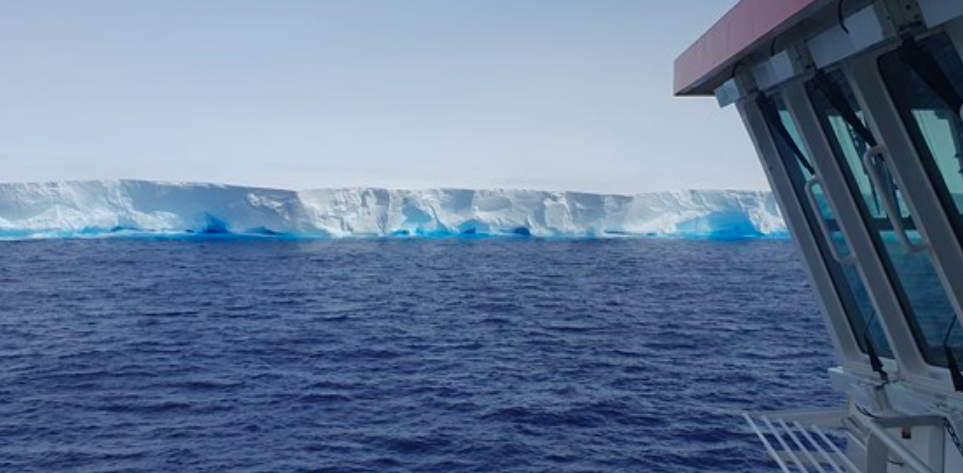
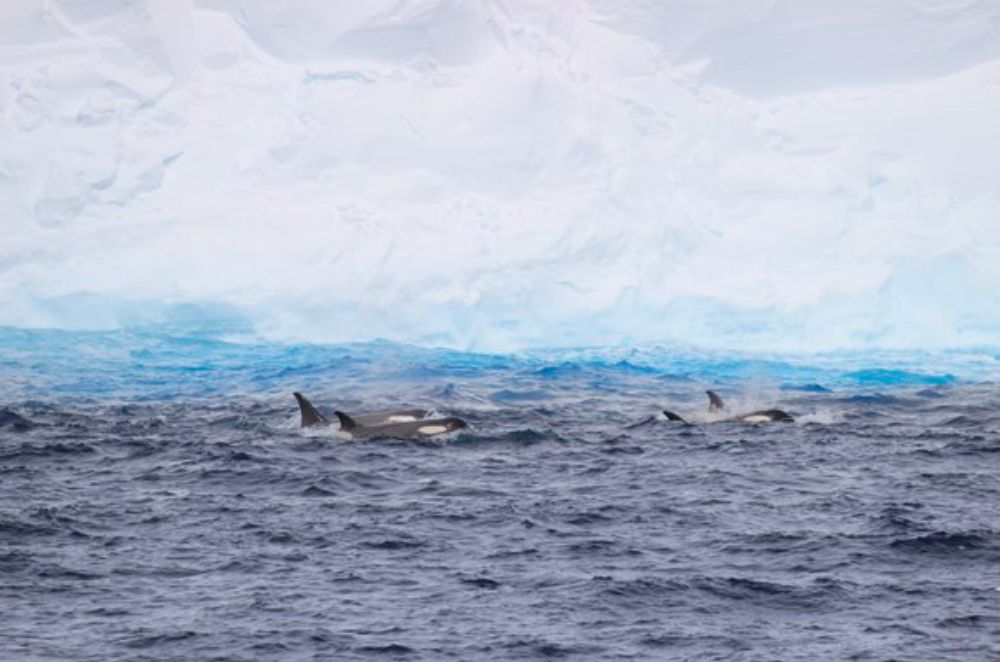
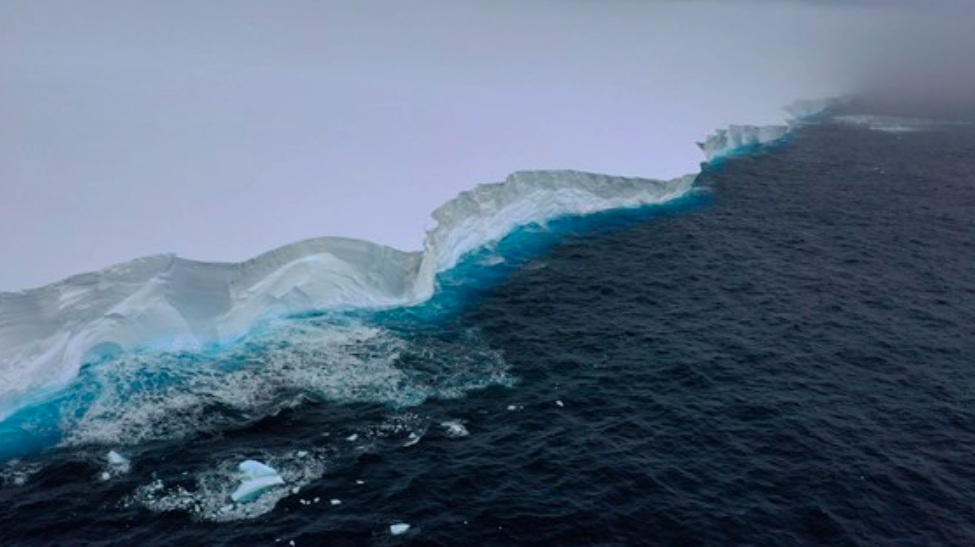
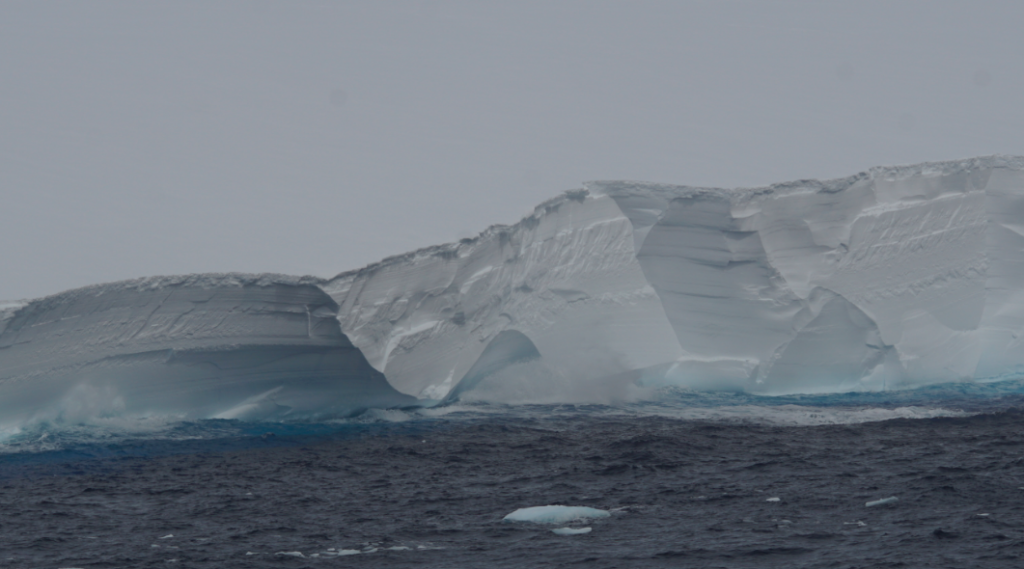
All images courtesy of British Antarctic Survey.


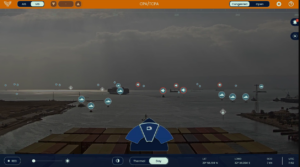
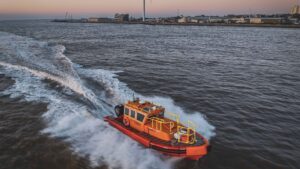








Do I understand correctly that it has a depth of some 4,400 metres?